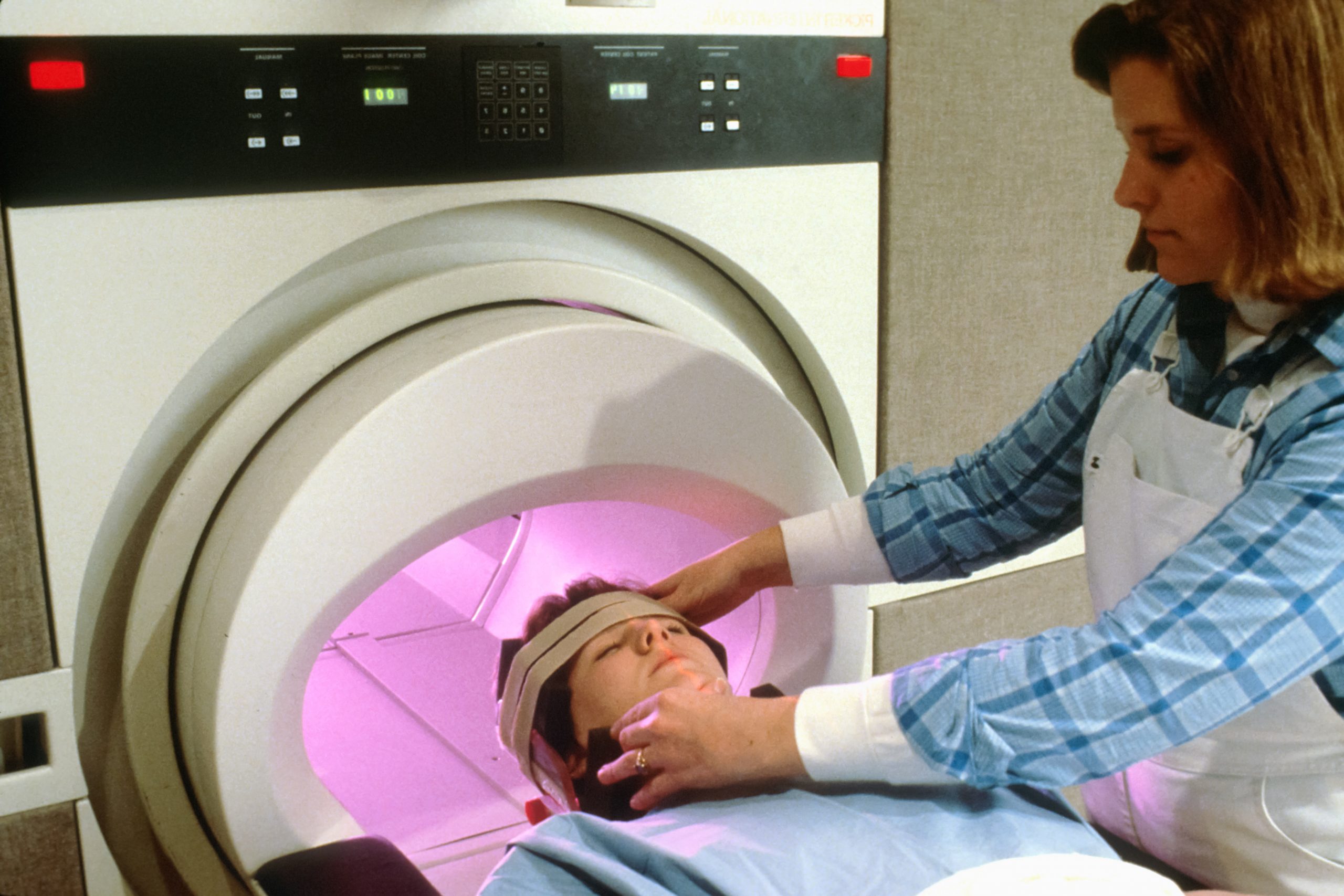
Table of Contents
The scope of the guidance covers various aspects related to PBM devices intended to be marketed and used in the US and explains the approach to be applied in order to ensure compliance with the rules and requirements set forth by the respective regulations.

Reprocessing
The authority acknowledges that some of the elements of the devices addressed in the guidance could be reused. Hence, the appropriate cleaning and disinfecting procedures should be developed in order to ensure the safety and proper performance of devices after reprocessing. In this respect, the authority recommends medical device manufacturers to provide detailed enough instructions describing reprocessing activities to be carried out. For further details, the authority refers to the respective guidance document issued earlier by the FDA. It is also stated that for cold sore devices, these instructions require prior validation.
Biocompatibility
Another important aspect addressed in the guidance relates to biocompatibility. Since PBM devices have elements that are initially designed to be in touch with the patient’s body, the materials used require special attention in order to prevent a harmful biological response.
According to the recommendations provided by the FDA, a party responsible for a medical device should, as the first step, determine the biocompatibility of any and all patient-contacting materials used in the product. In case these materials are similar to the ones used in another medical device with a history of successful use available, the appropriate reference could be made in order to demonstrate compliance with the respective regulatory requirements. Apart from that, medical device manufacturers may refer to FDA-recognized voluntary consensus standards. Should the manufacturer be unable to provide references to another medical device placed on the market, similar in terms of material, as well as location and duration of content, a biocompatibility risk assessment is to be conducted. According to the guidance, the assessment should explain the relationship between the identified biocompatibility risks, and the information available to mitigate the identified risks and identify any knowledge gaps that remain. It is also stated that the manufacturer should then identify any biocompatibility testing or other evaluations that were conducted to mitigate any remaining risks. In this respect, the document refers to the respective guidance document issued by the authority. According to the said guidance, the endpoints to be addressed in the course of such an investigation should include, inter alia, the following ones:
- Cytotoxicity;
- Sensitisation; and
- Irritation or intracutaneous reactivity.
The authority also mentions that cold sore devices are subject to special requirements related to biocompatibility.
Software
PBM devices are controlled by the software that is used to ensure that they operate as intended, i.e., appropriate energy is delivered to the patient within an appropriate timeframe. Thus, the proper performance of the software used to operate the device is vitally important to ensure its safety and effectiveness.
With respect to the software-related matters, the document refers to the respective guidance named “Guidance for the Content of Premarket Submissions for Software Contained in Medical Devices”. The said guidance outlines the scope of documentation to be provided depending on the device in question and the risks associated thereto. As explained by the authority, PBM devices are deemed to be of the “minor” or “moderate” level of concern (different functions will have different classifications). At the same time, technologies used are being continuously developed and improved, so a higher level of concern could be applicable as well. According to the guidance, should medical device manufacturer reasonably believe that the software used in the product in question presents a “minor” or a “moderate” level of concern, the appropriate justification should be provided, whereby it will be described the way the level of concern was determined taking into the account potential consequences of a software failure.
Furthermore, medical device manufacturers are encouraged to submit a comprehensive description of the software/firmware used for the device in question, including the details related to changes introduced to the products already placed on the market. The authority also mentions that changes to the software could be subject to re-validation and re-verification.
Apart from the above, medical device manufacturers are also expected to provide information addressing matters related to cybersecurity. In this respect, the authority refers to the appropriate guidance document – “FDA on Cybersecurity-related Content of Premarket Submissions. Specific aspects should also be considered with respect to the devices using off-the-shelf software.
As a general recommendation, the authority mentions that the documents submitted with respect to the software used to operate the device should provide sufficient evidence to describe the role of the software included in the device, and performance testing to demonstrate that the software functions as designed.
In summary, the present guidance addresses certain specific aspects relating to PBM devices. The document clarifies the approach to be applied with respect to biocompatibility and also describes the scope of information to be provided regarding the software used to operate the PBM device in question.
Sources:
How Can RegDesk Help?
RegDesk is a holistic Regulatory Information Management System that provides medical device and pharma companies with regulatory intelligence for over 120 markets worldwide. It can help you prepare and publish global applications, manage standards, run change assessments, and obtain real-time alerts on regulatory changes through a centralized platform. Our clients also have access to our network of over 4000 compliance experts worldwide to obtain verification on critical questions. Global expansion has never been this simple.
Want to know more about our solutions? Speak to a RegDesk Expert today!
- SEO Powered Content & PR Distribution. Get Amplified Today.
- Platoblockchain. Web3 Metaverse Intelligence. Knowledge Amplified. Access Here.
- Source: https://www.regdesk.co/fda-draft-guidance-on-pbm-devices-reprocessing-biocompatibility-and-software/